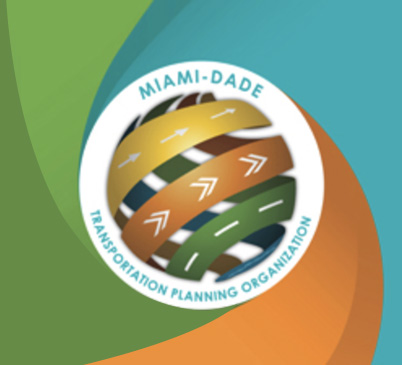Economic Mobility & Accessibility
TODs are mixed-use, pedestrian-oriented areas surrounding transit stations. Many studies have noted that people are generally comfortable walking between ¼ mile and ½ mile to a transit station. As such, this area should be the focus of development and redevelopment in order to maximize the potential symbiotic relationship between land use and transportation.
This report addresses the North Corridor, the economic mobility and accessibility needs along this critical SMART Plan corridor, stretching 13-miles from the Miami-Dade/Broward County Line, to the Airport Expressway, along NW 27th Avenue. The North Corridor will create an important transit link between North and Central Miami-Dade County, as well as Broward County to the north. The results and recommendations from this study will be included in upcoming federal transit funding grant applications, as well as provides the TPO Governing Board with specific recommendations for the programming needs of the first/last mile network and Transit Oriented Development along this corridor.
This report addresses the economic mobility and accessibility needs along the SMART Plan East-West Corridor. Stretching approximately 16-miles from the Tamiami Terminal to the Miami Intermodal Center (MIC) along SR 836, the East-West Corridor will create an important transit link through central Miami-Dade County. The corridor will provide to residents and visitors the opportunity to better access jobs, major transportation hubs, and higher education centers.
This document summarizes the Kendall Corridor Economic Mobility and Accessibility Study, which identifies steps to implement the vision for the Kendall Corridor. The vision for the Kendall Corridor was identified as part of an accompanying study, the Kendall Corridor Land Use Scenario and Visioning study. the Economic Mobility and Accessibility Study outlines and describes the actions, strategies, and projects needed to transform Kendall Drive from a predominantly suburban, auto-oriented context to an urban, multimodal context into the Kendall Corridor Vision.
